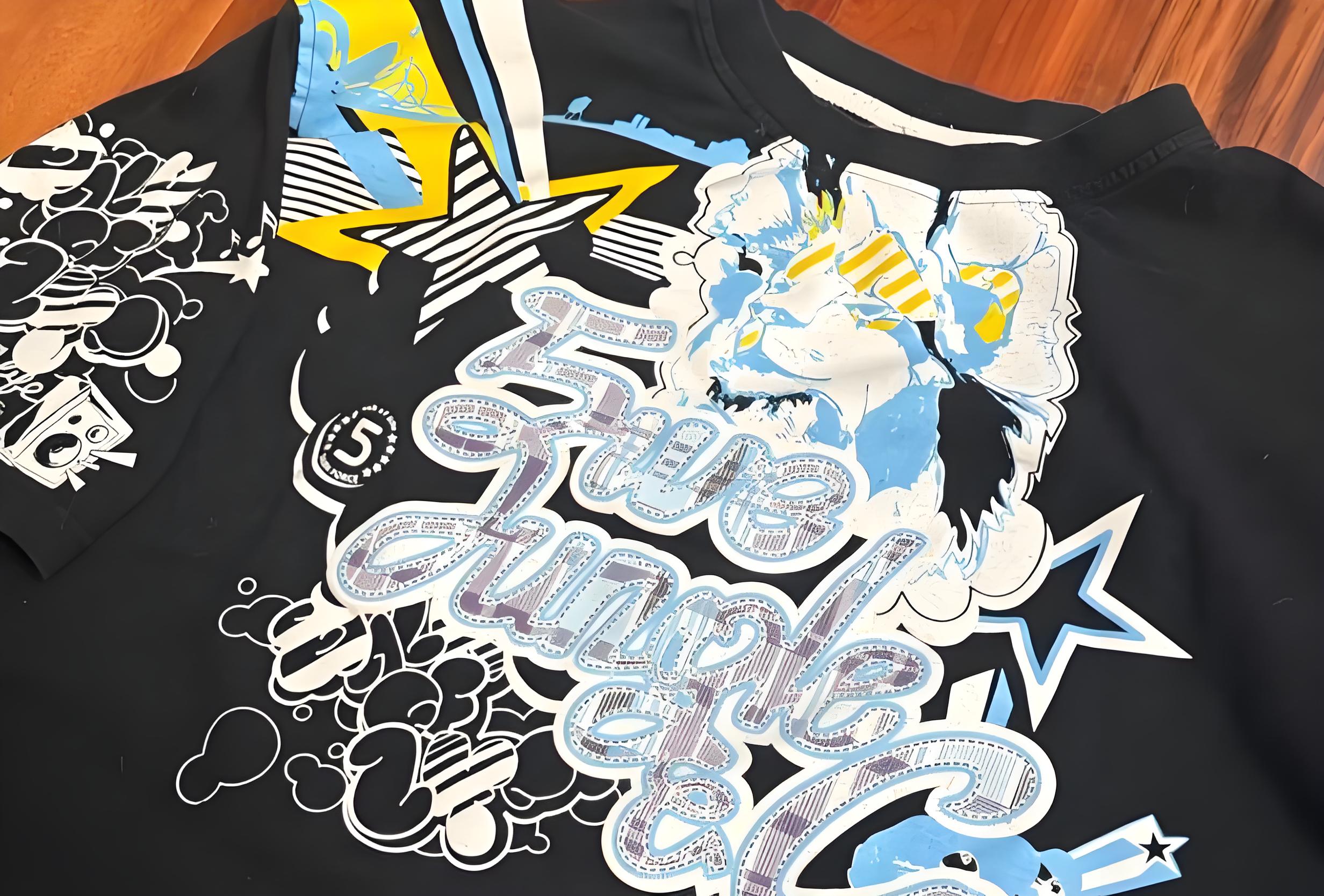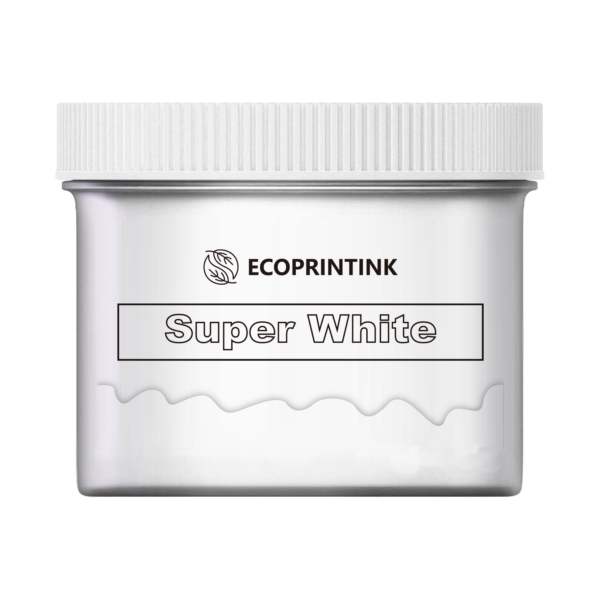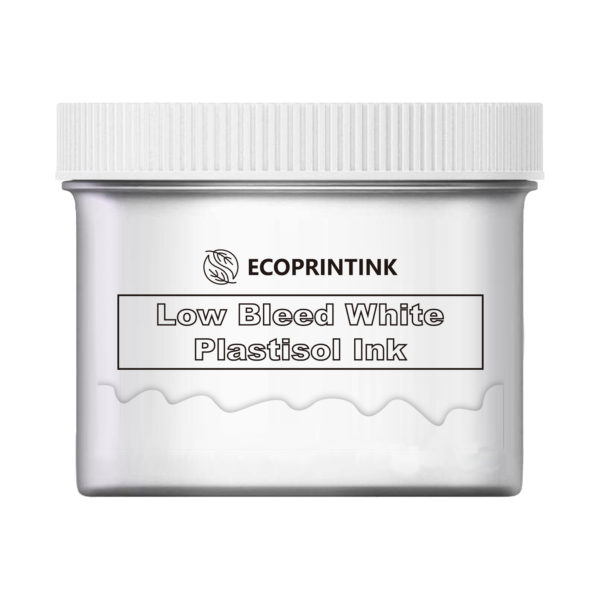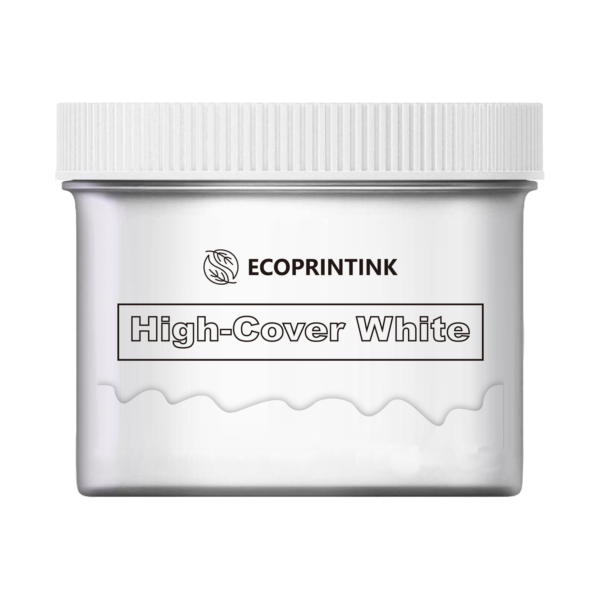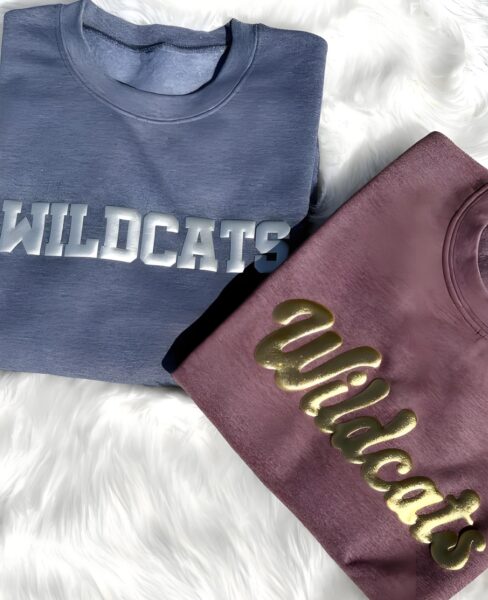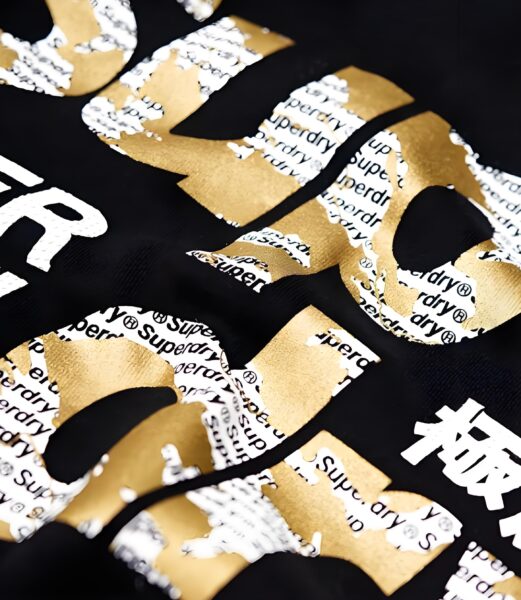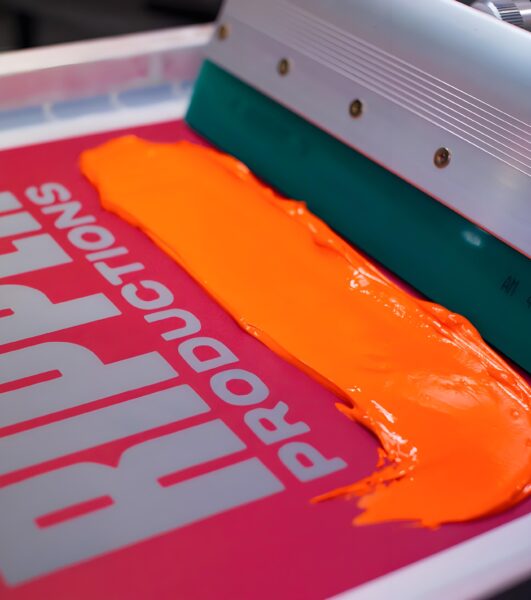Plastisol ink is the backbone of display screen print shops global, making it the move-to desire for colourful, durable, and professional outcomes. Whether you need ink for display screen tasks, area of expertise inks for particular finishes, or simply need to understand what makes white plastisol ink a favourite, this comprehensive guide unpacks the whole thing you want to realize approximately printing plastisol, ink additives, curing, and more. If you’re concerned in display printing plastisol inks—on t-shirts, clothes, or uniqueness fabric—this newsletter will assist you grasp the sector of plastisol display screen printing ink, from general screen makes use of to the contemporary low-temperature and non-phthalate innovations.
Why Read This? This article is packed with industry insights, practical pointers, and causes of every key concept associated with plastisol ink, ink additives, and distinctiveness ink types. Whether you’re a seasoned display screen printer or just gaining knowledge of approximately the screen printing enterprise, you’ll locate actionable statistics to enhance your prints, growth efficiency, and discover the contemporary trends like low therapy inks and non-phthalate plastisol. Dive in to make sure your subsequent display print undertaking features the colourful hues, durability, and distinctiveness outcomes your clients call for.
Índice
1.What Is Plastisol Ink and Why Is It the Top Choice for Screen Printing?
Plastisol ink is a staple inside the display printing enterprise because of its terrific sturdiness, versatility, and capability to supply colourful effects. Unlike different inks, plastisol is composed typically of PVC resin and a plasticizer, giving it the specific ability to sit down on pinnacle of the fabric in preference to soaking in, resulting in crisp and vivid prints.
One of the primary reasons plastisol ink is so popular among display printers is its ease of use. It doesn’t dry out inside the display like water-based options, and its forgiving nature makes it perfect for high-extent manufacturing runs. For all and sundry seeking to achieve consistent, fantastic effects on t-shirts or clothes, plastisol remains the enterprise popular ink for display screen printing.
Plastisol ink’s dominance is likewise due to its compatibility with a huge sort of material kinds and its potential to just accept a large range of ink additives and distinctiveness inks for outcomes like puff, metallics, and glow-in-the-darkish. When first-rate plastisol is used, the quit product now not best appears vibrant but also stands as much as repeated washes and put on.
2.Como Funciona Tinta Plastisol Differ from Water-Based Ink?
Though plastisol and water-primarily based ink are each used for screen printing, their homes and applications are distinct. Plastisol ink sits on pinnacle of the garment’s cloth, growing a slightly raised, opaque layout that excels at producing colourful colorings and easy strains. The end result is a print this is durable, bendy, and proof against fading and cracking.
In evaluation, water-based totally ink penetrates into the fabric fibers, generating a softer experience this is often favored for fashion garb. While it can create a extra subtle look, it commonly gives much less opacity and vibrancy compared to plastisol, making it much less suitable for printing on dark fabrics without special additives.
For printers who want to print formidable, colorful designs on a variety of garments, specifically darker or artificial fabrics, plastisol ink is normally the higher choice. Meanwhile, water-based totally ink is often chosen for green initiatives or whilst a soft hand is needed.
3. Which Type of Ink Should You Use: Plastisol or Water Based?
Selecting the proper ink kind on your task relies upon largely at the cease use and the particular desires of the display printing manner. If your number one concerns are sharp, outstanding prints and ease of use, plastisol ink is possibly your cross-to. It’s the maximum popular ink for display screen printing due to the fact it can be used on nearly any fabric and doesn’t air-dry or clog screens mid-printing.
On the other hand, water primarily based options or even hybrid or specialty inks are gaining traction for their environmental blessings and unique textures. Ink for screen designs can now be custom-combined to combine the first-rate characteristics of plastisol and water-based totally ink at the same time as accommodating specific specialty consequences.
Screen printers should weigh considerations like opacity, therapy temperature, durability, and favored finish. For maximum vibrancy and versatility, specially with complicated or multi-coloration prints, the flexibility of plastisol makes it the favourite ink for display printing in many shops.
4.Understanding the Key Components of Plastisol Ink
At its core, plastisol ink consists of PVC (polyvinyl chloride) resin and a liquid plasticizer. This mix permits the ink to remain in a semi-liquid kingdom until it’s cured, making it best for the printing procedure. This assets lets in for a protracted open time on the display screen, which means the ink gained’t dry out and damage the print.
Understanding how those components have interaction can help printers modify viscosity and drift with the use of reducers or different ink additives. Changing the ratio of PVC to plasticizer can bring about softer or greater rigid finishes, whilst numerous strong point additives can create everything from puff to stretchable ink consequences.
Pigments are then added to the PVC/plasticizer base to create the colourful colorations that make plastisol so appealing. The way those pigments are dispersed affects not handiest the opacity and vibrancy but also how the ink handles on press.
5.How Do You Mix and Use Plastisol Screen Printing Ink Effectively?
Mixing plastisol ink well is vital for accomplishing consistent, awesome prints. Always stir the ink very well to make certain the pigment, plasticizer, and resin are flippantly distributed—this prevents streaks and patchy insurance at the material.
Proper blending is especially critical whilst customizing shades or adding ink additives like reducers for softer hand, puff for raised texture, or forte finishes. Each additive must be incorporated slowly and uniformly for best consequences.
When making use of plastisol in the course of the display screen print process, the ink ought to be pushed flippantly thru the display mesh onto the garment. A preferred display can be used for maximum packages, with finer meshes reserved for highly special or distinctiveness prints. For display printers, regularly training appropriate mixing and alertness ensures clean, vibrant results batch after batch.
6.What Are the Key Advantages of Plastisol Ink for Screen Printing?
Plastisol ink offers numerous blessings that make it the default preference for the printing industry. Firstly, it’s enormously forgiving: it doesn’t air dry or clog the display, bearing in mind lengthy print runs with out interruptions. This belongings is particularly treasured for brand new printers or high-volume operations.
The ink also excels in opacity and coverage, making it perfect for both light and darkish fabrics. Because it sits on pinnacle of the cloth, it delivers formidable, vibrant colorings with a slight texture that’s function of screen printing plastisol inks. Even distinctiveness inks like white plastisol are known for their advanced opacity on coloured clothes.
Lastly, plastisol ink’s compatibility with a variety of ink components and strong point substances opens up innovative possibilities. Whether you’re printing strong point effects or wanting a fashionable, vibrant print, excellent plastisol remains unrivaled in consistency and flexibility.
7.How Do You Cure Plastisol for Long-Lasting Results?
Proper curing of plastisol ink is vital for ensuring prints that ultimate wash after wash. Curing entails heating the freshly printed garment to a selected temperature—usually around 320°F (a hundred and sixty°C)—so the plasticizer and resin coalesce right into a solid movie.
Failing to cure plastisol accurately can bring about prints which are both sticky, prone to cracking, or simply wash away after some cycles. Investing in a reliable dryer is one way to guarantee steady curing. Spot tests with a temperature gun or check prints assist you to dial in an appropriate setup for your press.
With advances in low-temperature treatment and occasional remedy plastisol, printers now have even greater manipulate, lowering risks to warmness-sensitive fabric and saving strength. Regardless of the ink or fabric, diligent attention to the remedy step is the key to long lasting, professional outcomes.
8. How Can You Use White Plastisol Ink for Perfect Opacity?
White plastisol ink is notoriously intricate to get proper because of its capacity for streaking or poor insurance, in particular on darkish clothes. However, contemporary formulations have addressed lots of those issues, providing printers exquisite opacity and printability.
To attain the great results, printers need to stir the ink very well, use the proper mesh be counted for their layout, and lay down a clean, even layer. Sometimes a “flash” – briefly curing the ink in-among layers – can maximize brightness and opacity. Additives also can be brought to enhance drift or lessen viscosity if needed.
When done successfully, white plastisol provides formidable, vibrant effects even on black or coloured material. This ink type stays essential for underbases and highlights, setting the standard within the display printing enterprise.
9.What Are Specialty Inks and Additives in Plastisol Screen Printing?
10. Tintas especiais are products designed to provide effects that trendy ink can not acquire. These consist of puff ink, which expands when cured to create a 3-D effect, steel or glitter finishes for sparkle, and excessive-density inks for raised textures. Mixing those strong point products generally requires cautious stability and now and again warmth modifications at some point of the cure step.
Additives, consisting of reducers (to thin ink), stretch components (for bendy material), or gloss enhancers, assist display printers personalize their prints for different clothes, specialty effects, or printing procedures. Properly incorporating these ink components guarantees that uniqueness inks perform optimally.
Many stores depend upon those strong point options to enlarge their creative offerings and set themselves apart in the aggressive printing industry. The potential to paintings with those advance products is a talent every contemporary display print shop ought to master.
10.What Should Screen Printers Know About Low Cure and Non-Phthalate Plastisol?
Environmental consciousness and garment care have driven the development of low cure and non-phthalate plastisol ink formulations. Non-phthalate plastisol excludes positive plasticizers related to fitness dangers, imparting a safer opportunity without sacrificing print exceptional.
Low-temperature remedy plastisol, regularly called low treatment, flows and units at lower temperatures, shielding delicate fabrics from sizzling and saving electricity. This innovation is mainly important while printing on touchy synthetics or fashion fabrics.
For stores looking to increase their eco-friendly or distinctiveness appeal, exploring non-phthalate and low-temperature options is a need to. Modern great plastisol formulations ensure that even strong point inks and results stay on hand and safe for various applications.
Conclusion: Key Takeaways on Using Ink for Screen Success

- Plastisol ink remains the most popular ink for display printing due to its sturdiness, vibrancy, and ease of use.
- For white plastisol ink and different area of expertise inks, gaining knowledge of blending, curing, and mesh choice is important for best opacity and distinctiveness effects.
- Ink components and area of expertise merchandise, like puff and reducers, expand creative opportunities throughout a number fabric and garments.
- Low remedy and non-phthalate plastisol formulations are musts for eco-aware screen printers and sensitive, modern-day fabric.
- Proper blending and curing of plastisol ink ensures prints maintain pleasant and resist repeated washing.
- The display printing industry keeps to innovate with distinctiveness inks, low-temperature, and more secure ink types to enhance high-quality and sustainability.
- Understanding the printing procedure from pigment to very last therapy is key to maximizing the capacity of plastisol display printing inks.
- Whether you’re printing plastisol for style, transfers, or uniqueness outcomes, the proper ink for screen printing can elevate your paintings and hold your customers coming again for greater.
Master these fundamentals, and your screen print projects will stand out in appearance, sturdiness, and creativity!

